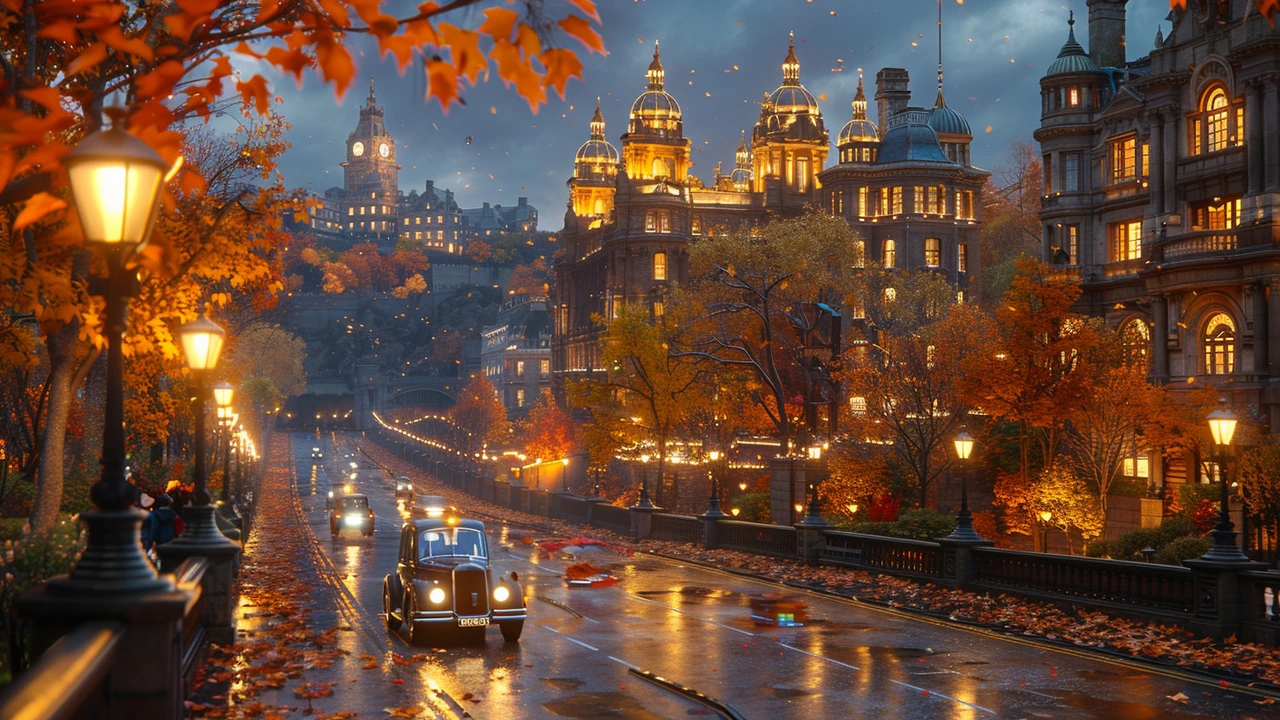Diving into the world of high-tech architecture unveils a vision of a future where technology and design converge to create sustainable, efficient, and visually stunning structures. This article explores the essence of high-tech architecture, its origins, and its role in shaping a technological utopia. By examining iconic buildings and discussing the integration of cutting-edge technologies, we uncover how this architectural style represents a transformative approach to urban living, aiming to meet the evolving demands of society while prioritizing environmental stewardship and innovation.
Futuristic Design: What It Really Means for Buildings and Homes
Some skylines already look like movie sets — that’s futuristic design in action. It’s not just shiny shapes; it’s a mix of bold forms, new materials, and visible tech working together. If you want to spot or use futuristic design, focus on function first: flexible spaces, integrated systems, and materials that do more than look good.
What futuristic design looks like
Futuristic buildings show smooth curves or sharp geometry paired with glass, metal, and engineered composites. Facades often expose structure, ducts, or solar panels rather than hiding them. Lighting plays a big role: adjustable LED systems highlight form and add motion. Inside, open plans, modular furniture, and smart controls make spaces adaptable. Styles you’ll recognize include neo-futurism and high-tech architecture, but futuristic touches can appear in any genre.
Materials matter. Lightweight alloys, carbon-fiber panels, ETFE membranes, and high-performance glass are common. These let architects create long spans and unusual shapes while keeping weight and energy use lower. Smart materials—like electrochromic glass that tints on demand—add function. Pairing materials with sensors and control systems turns a static object into a responsive element.
How to use futuristic design today
You don’t need a million-dollar budget to add a futuristic feel. Start small: swap static switches for smart controls, add programmable lighting strips, or use a single striking metal or glass surface as a focal point. For homes, choose modular furniture and extend sightlines with fewer interior walls. For projects, plan early for integrated systems—HVAC, lighting, and renewables should be part of the form, not an afterthought.
Think sustainability as part of the aesthetic. Solar, passive cooling, green roofs, and recycled composite cladding all read as future-forward. When you combine efficiency with visible technology—like exposed heat-recovery units or roof-mounted panels—they become design features, not closet secrets. That’s a core idea in many modern futuristic buildings.
Avoid common traps. Don’t add random glowing bits or mirrored panels without functional purpose; they can feel gimmicky. Overcomplicated geometry often raises costs and maintenance. Instead, pick one bold idea—an adaptive facade, a smart interior system, or a standout material—and do it well.
Want quick inspiration? Look at neo-futurism and high-tech projects for how structure, skin, and systems can merge. Study small-scale expressionist pieces to see how dramatic form impacts emotion. Use photos and case studies to build a clear brief before sketching. If you’re renovating, talk to engineers early about materials and controls so the design stays realistic and affordable.
Futuristic design isn’t only about the future—it’s about making spaces smarter, more flexible, and more honest about how they work. Use technology and materials to solve real problems, and the style follows naturally.

